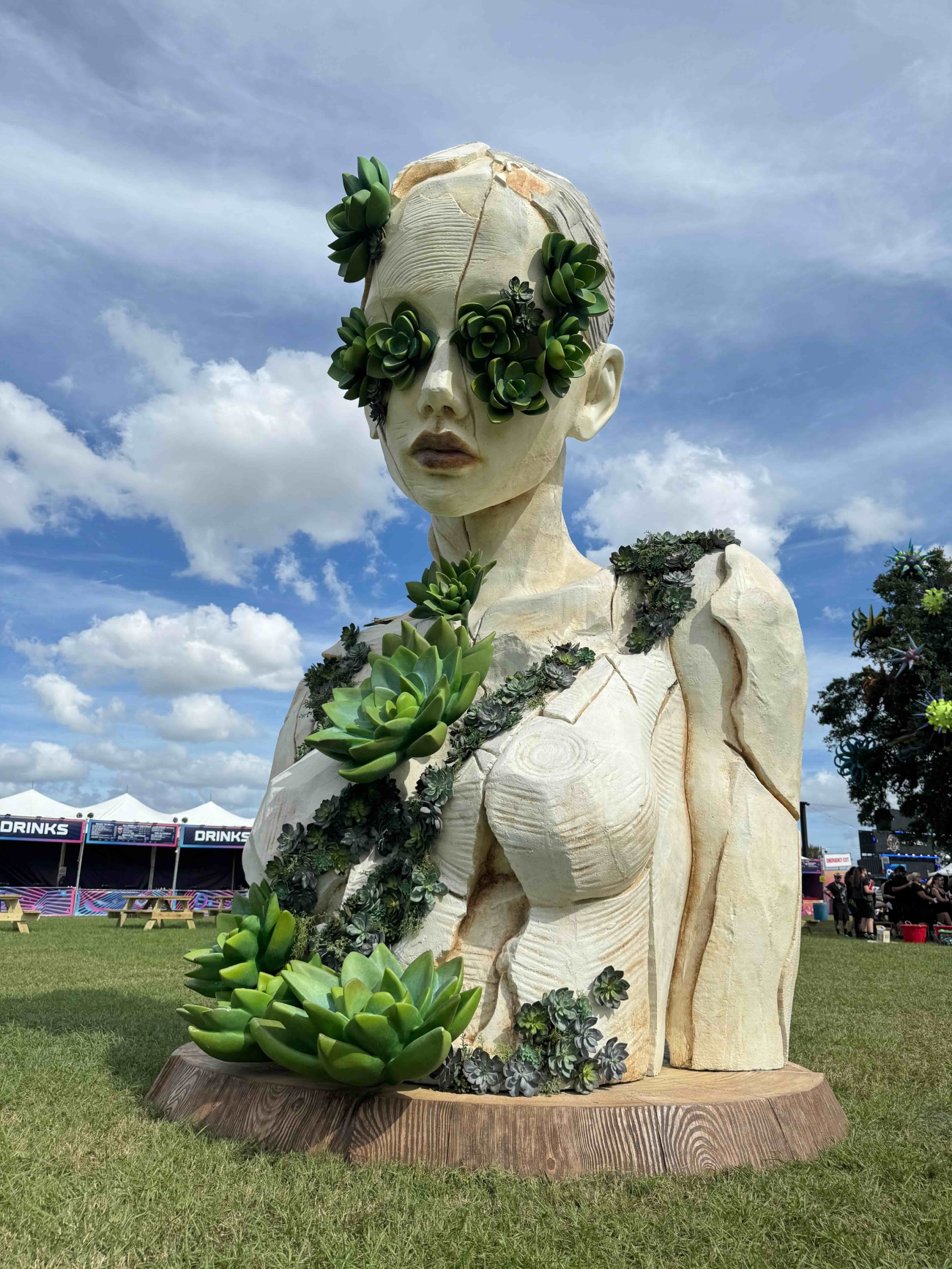
South African sculptor Daniel Popper has been busy. Over the past 12 months, the artist, known for his monumental public sculptures, has created multiple temporary and permanent installations that play on common themes of nature and human relationships.
Popper finished out 2024 with Aeonium, a 16-foot-tall sculpture inspired by the rosette-shaped form of the Aeonium succulent. Installed at EDC Orlando, the sculpture shows a woman covered in succulents. The plants, with their large waxy leaves, creep up her torso and cover her eyes. At night, the piece takes on a different guise. As with many of Popper’s sculptures, when the sun sets, projection mapping brings the sculpture to life with patterns and colors. According to the studio, this interplay of light and form is intended to evoke the resilience of nature.
Projection mapping was an important element of another 2024 sculpture by Popper. Permanently installed at the entrance of Miami’s Society Wynwood apartment complex, LUMEN is the fruit of two years of work. The stunning sculpture, covered in cracked mosaic tile, is a triumph that emphasizes the emotional impact of handcrafted art. The serene face, surrounded by vine-like sculptures, welcomes residents as they make their way home, projecting an air of calm. During the opening, residents were also treated to a light show, as dazzling array of colors and effects were projected onto the sculpture.
Popper’s two other 2024 sculptures also found a permanent home, this time in Alabama. Hallow and Heartwood are displayed on part of the newly established Freedom Monument Sculpture Park in Montgomery, Alabama. This 17-acre park, which opened to the public on Juneteenth, is a unique monument that honors the lives of enslaved people.
Within this context, Popper designed two monumental sculptures that capture the array of emotions felt by these people. With Hallow, Popper tackles sorrow and remembrance through a sculpture of a woman opening a hole in her chest. “The figure’s open chest signifies vulnerability, divine acceptance, and healing, rather than despair,” shares Popper. Installed in the middle of a path, visitors can walk through the sculpture and, in doing so, immerse themselves in these feelings.
Popper’s other sculpture for the park, Heartwood, shows a woman cleaved in half, with each part of her body bordering another path through the park. This break is intended to symbolize fracture and resilience. The title of the piece is a nod to the heartwood of a tree, its central core that is resistant to decay, an apt symbol for the resilience of the enslaved people that the park honors.
As we look forward to what Popper has in store for us in the coming year, we can’t help but be impressed by his ability to create emotionally and visually striking sculpture that is perfectly adapted to its environment.
South African sculptor Daniel Popper, known for his monumental public art, has had a busy year.
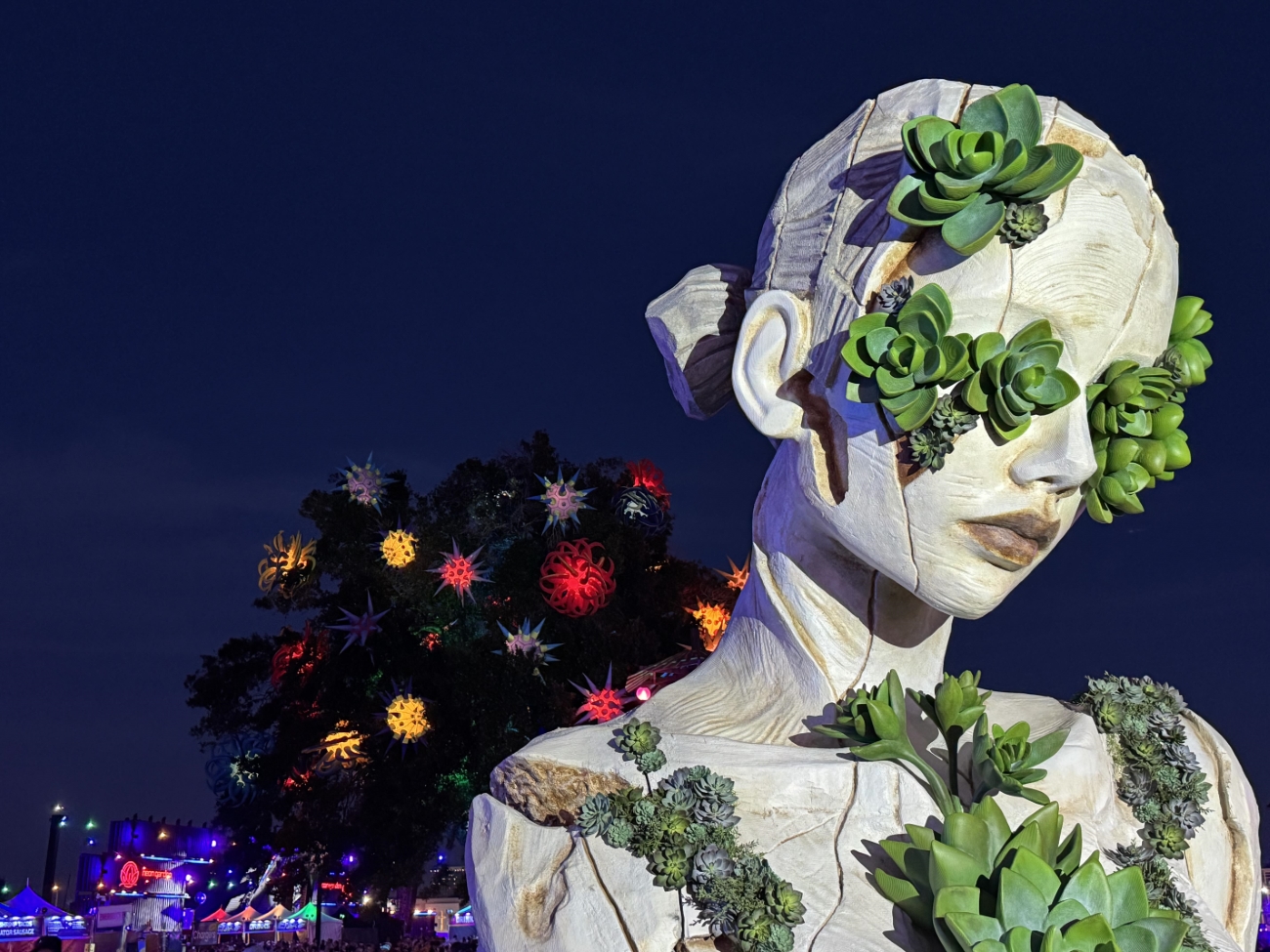
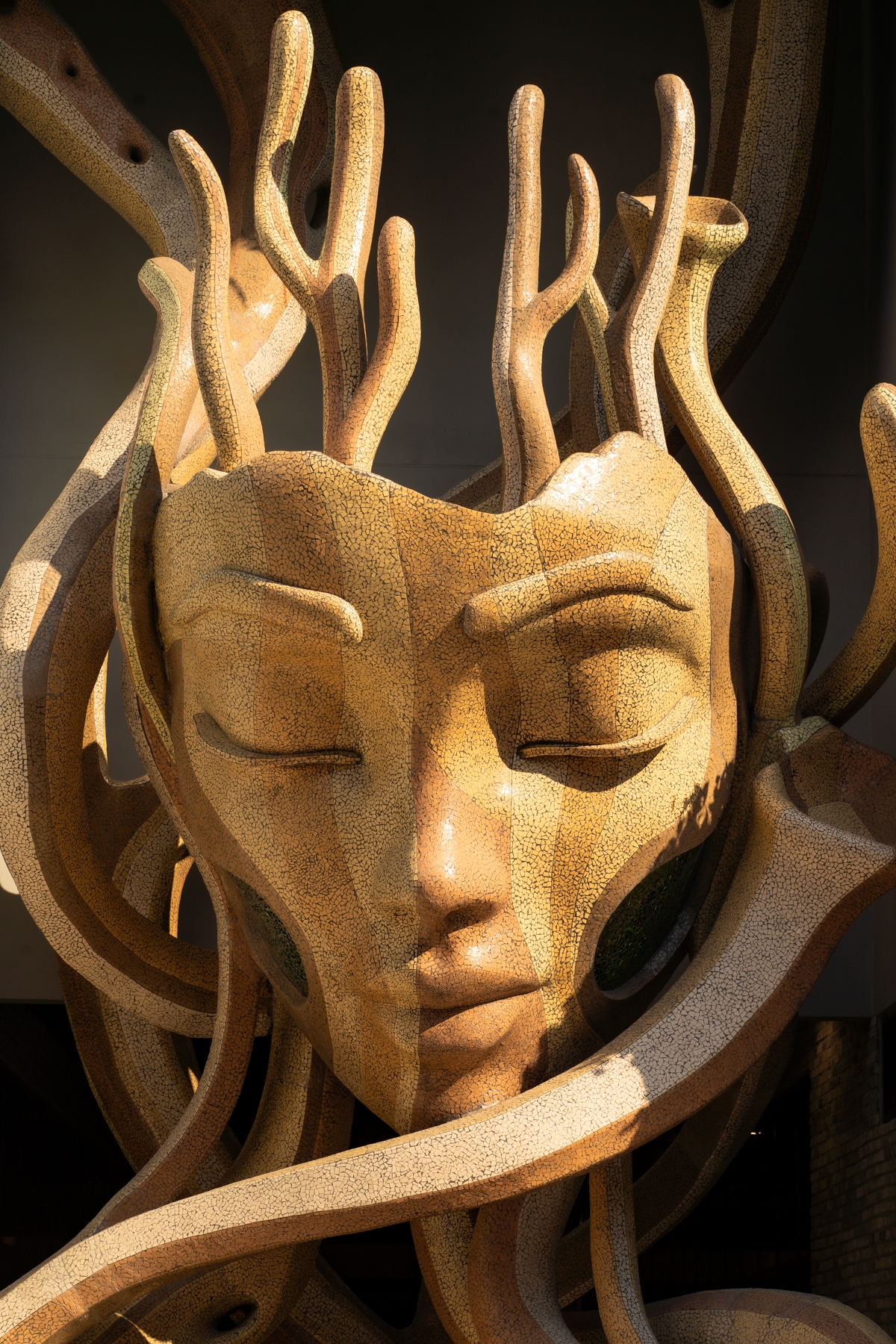
Photo: Karli Evans
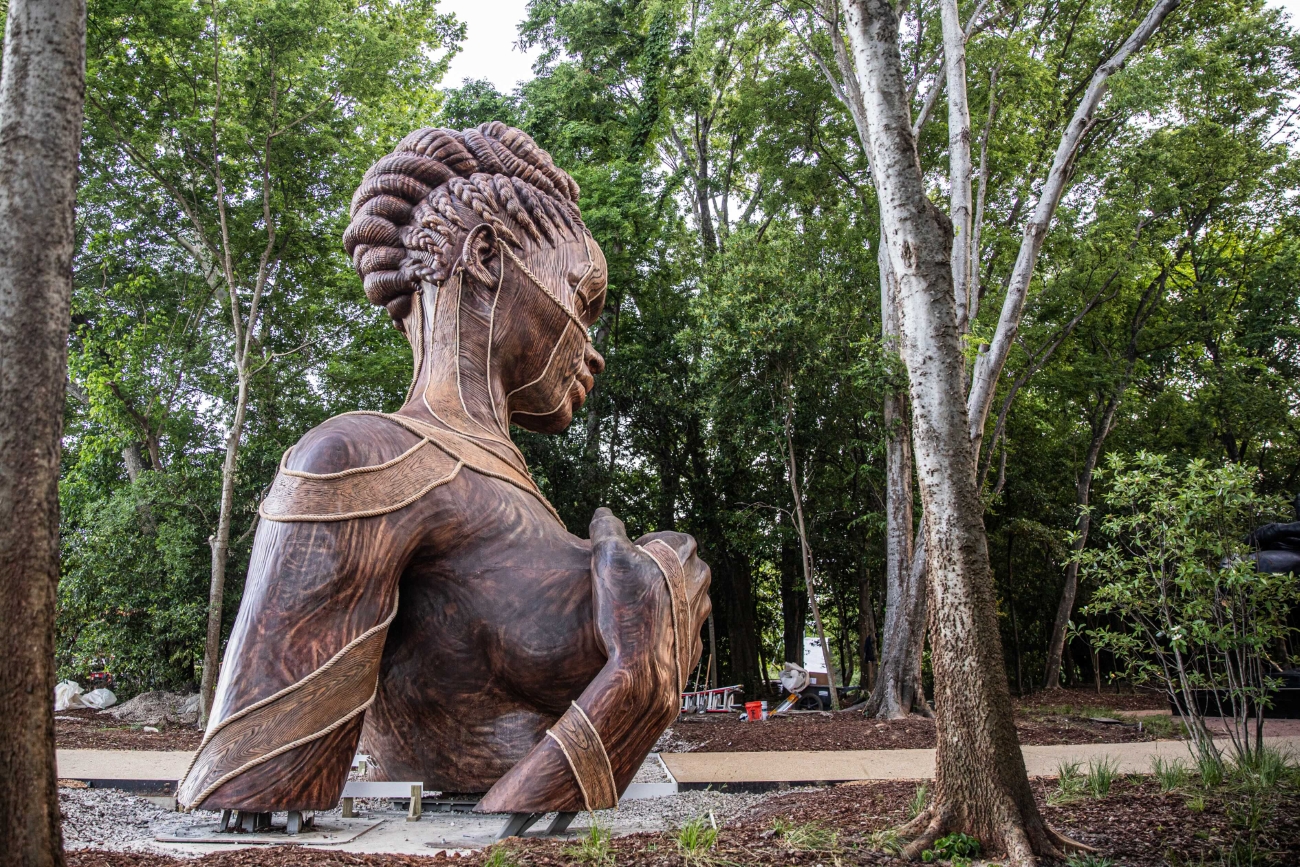
Photo: Jonx Pillemer
Popper finished out 2024 with Aeonium, a 16-foot-tall sculpture inspired by the rosette-shaped form of the Aeonium succulent.
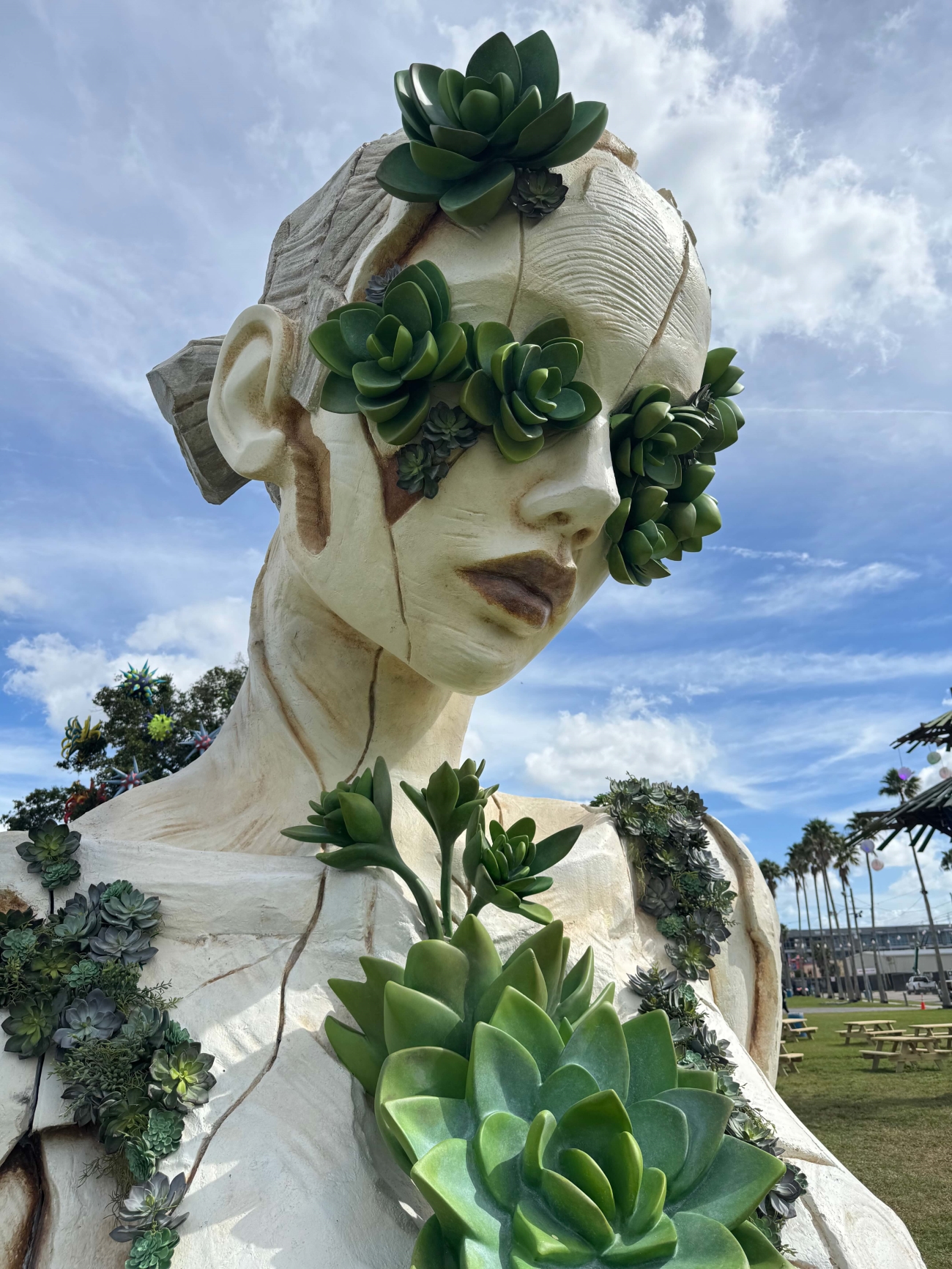
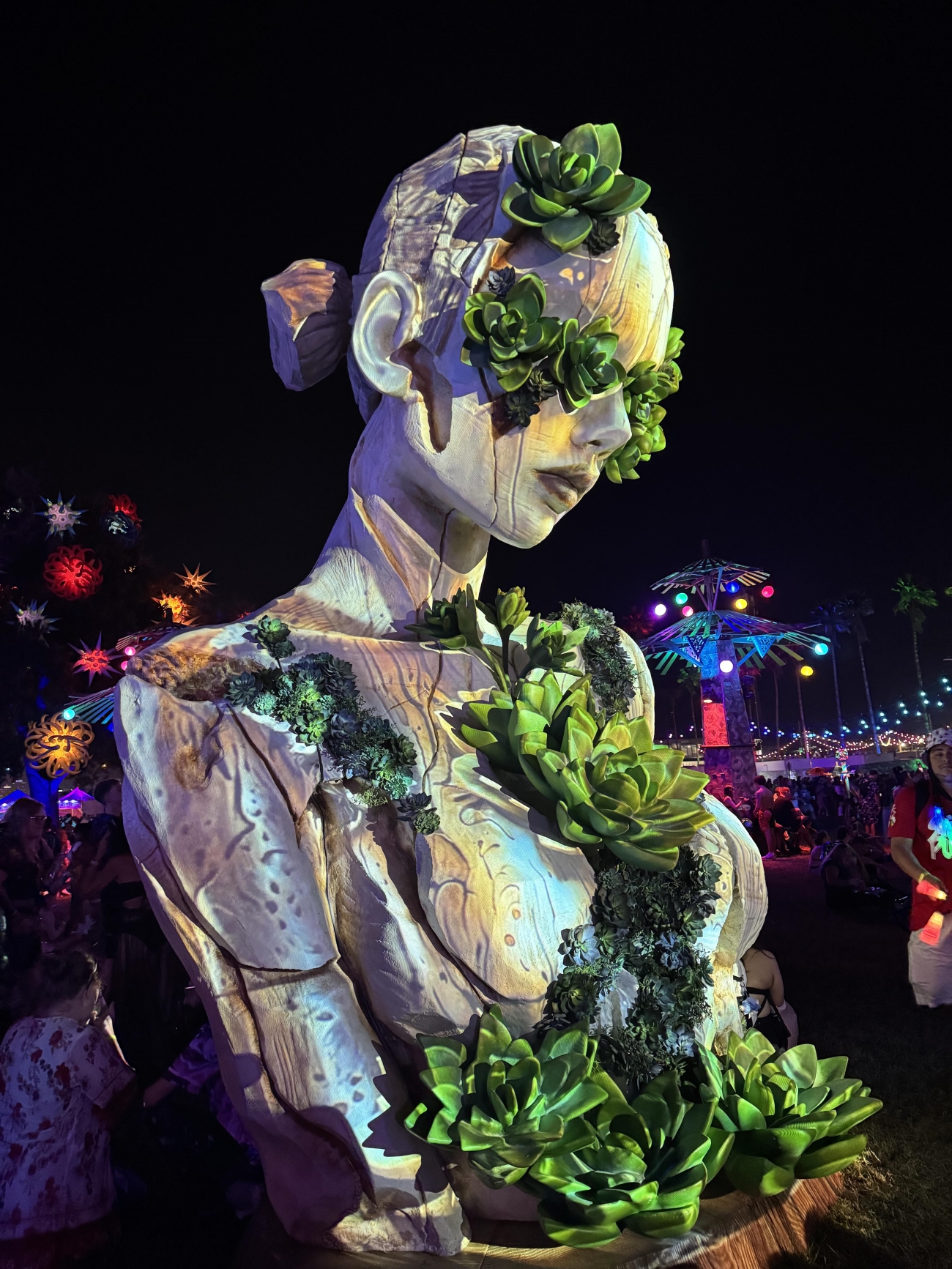
Permanently installed at the entrance of Miami’s Society Wynwood apartment complex, LUMEN is covered in cracked mosaic tile.
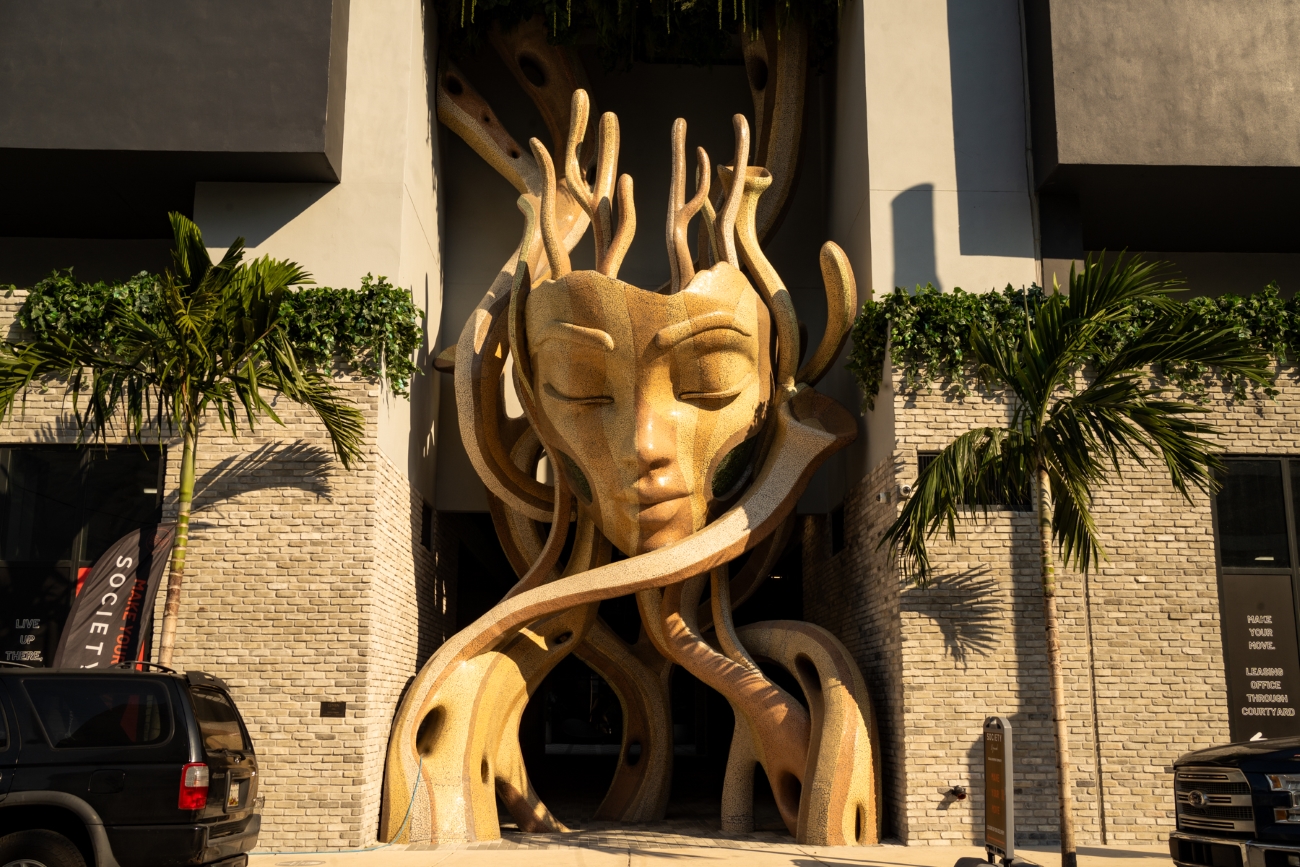
Photo: Karli Evans
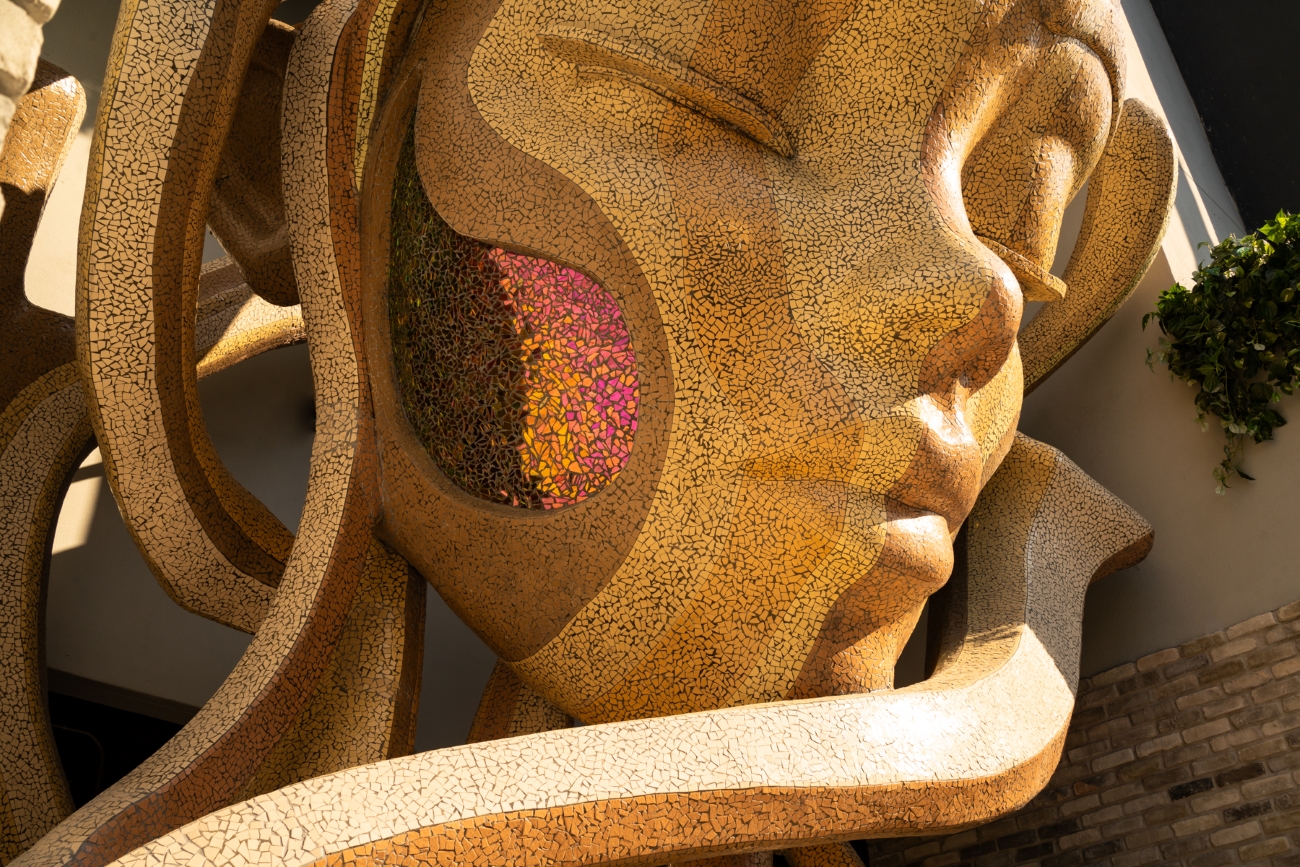
Photo: Karli Evans
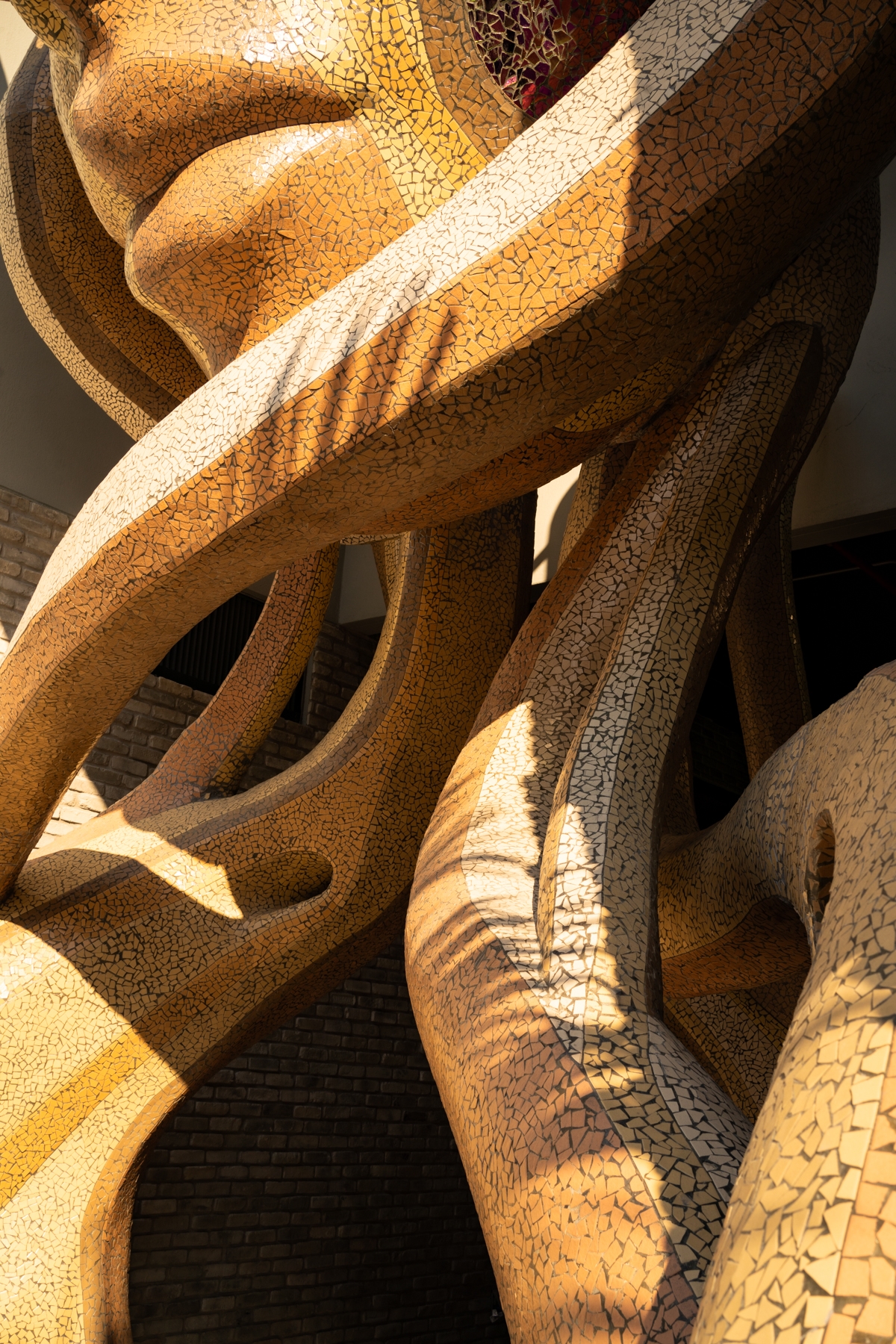
Photo: Karli Evans
During the opening, projection mapping brought the sculpture to life.
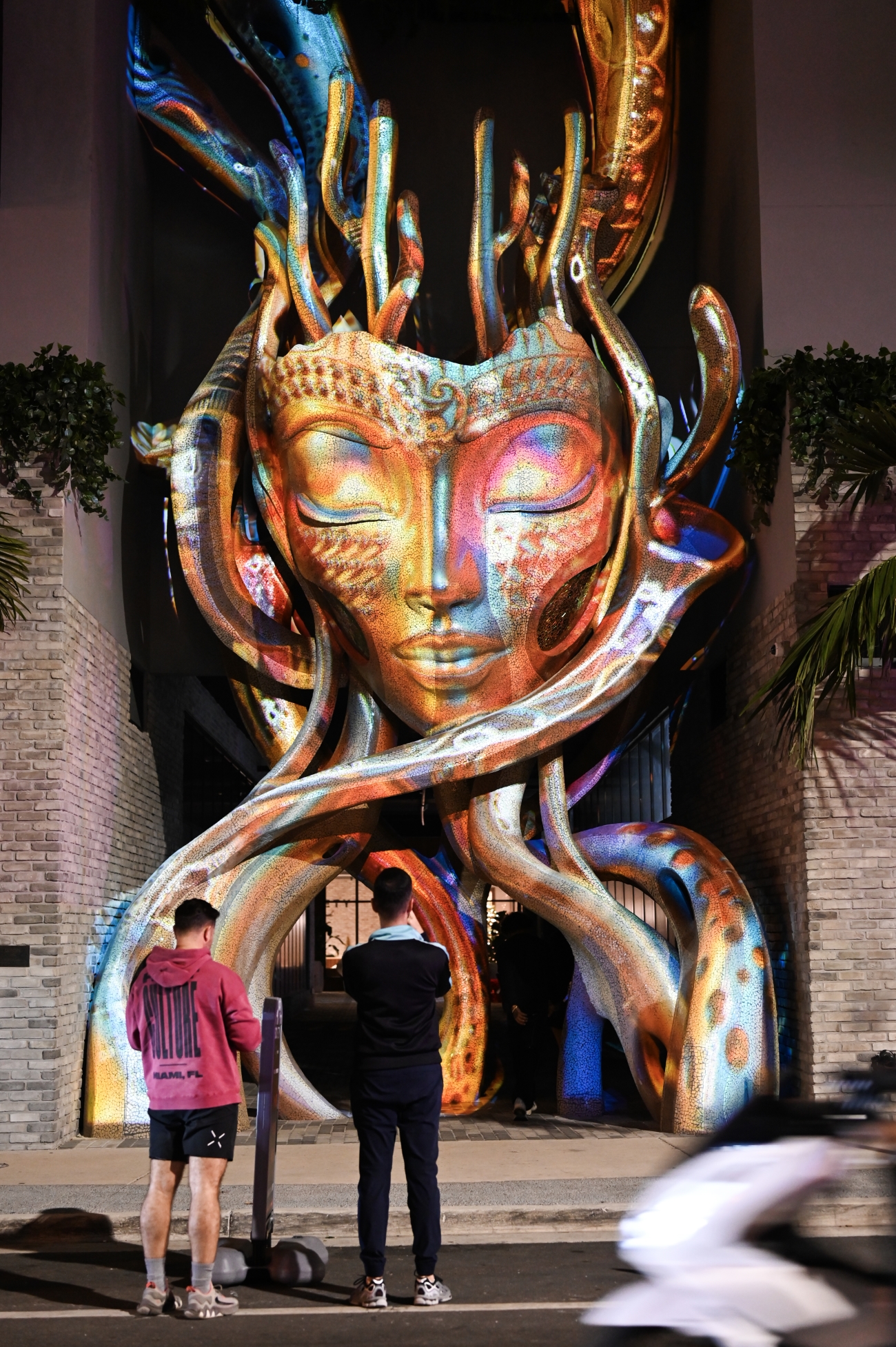
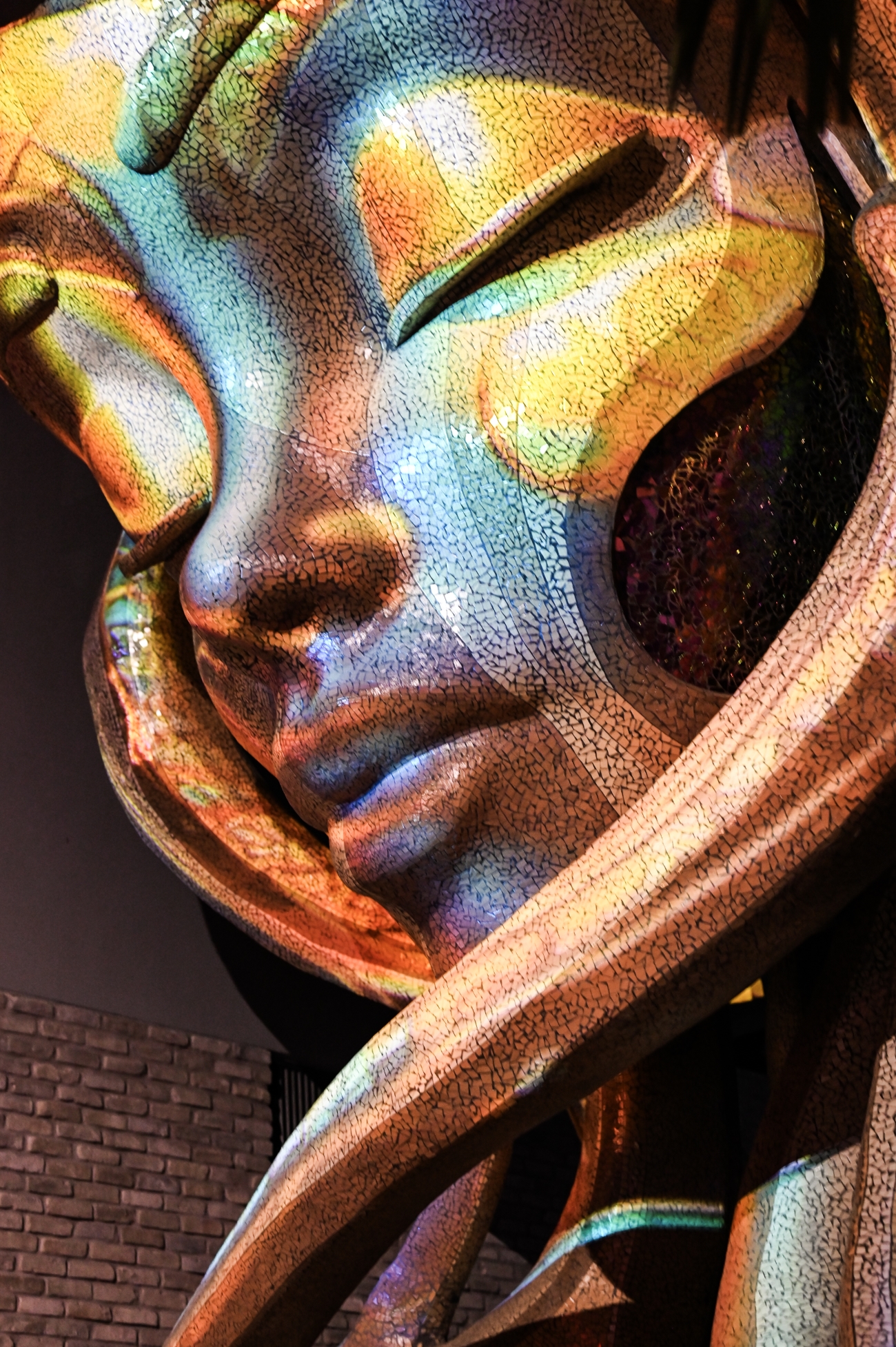
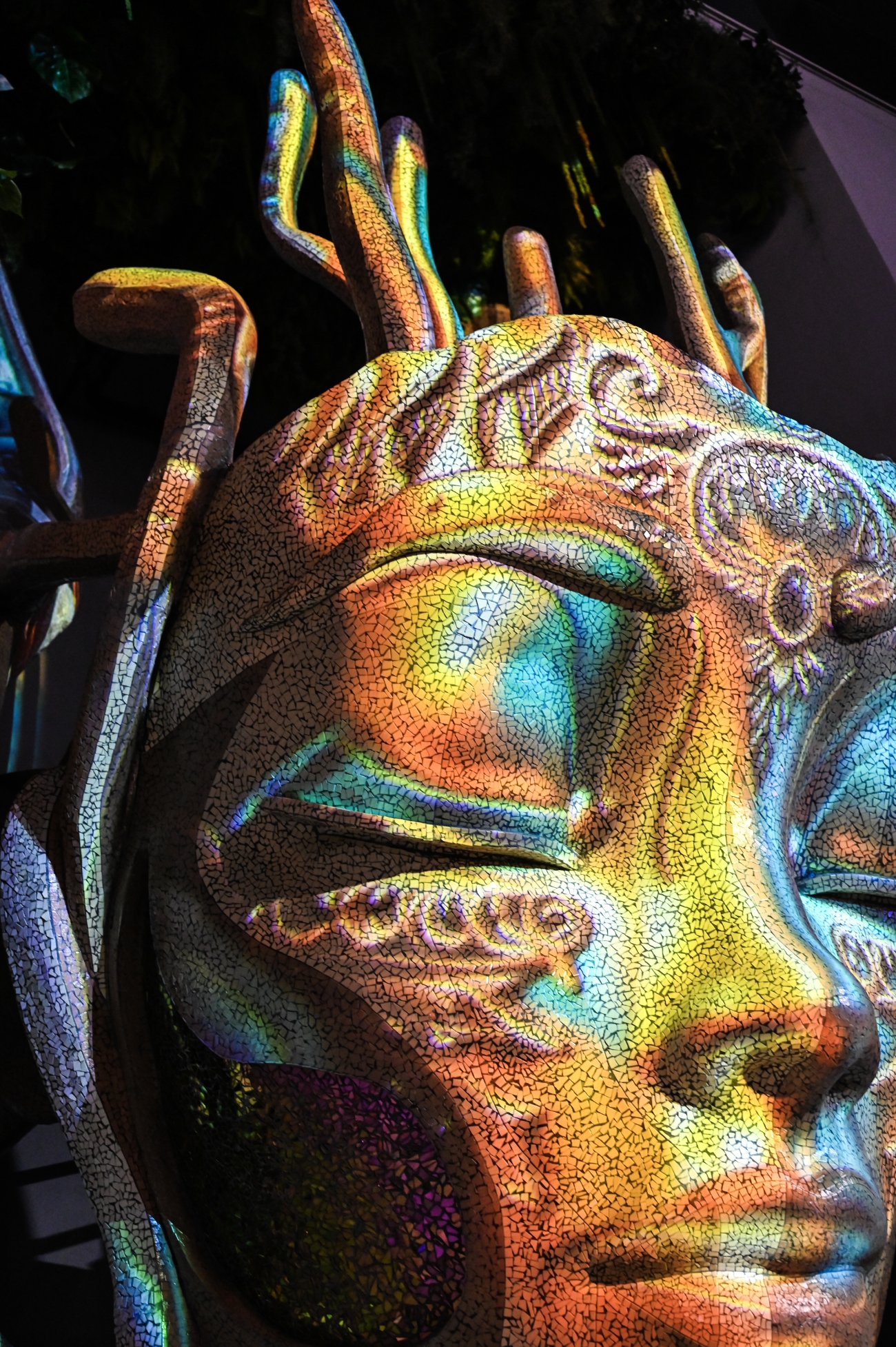
Popper also installed two sculptures at the newly opened Freedom Monument Sculpture Park in Montgomery, Alabama.
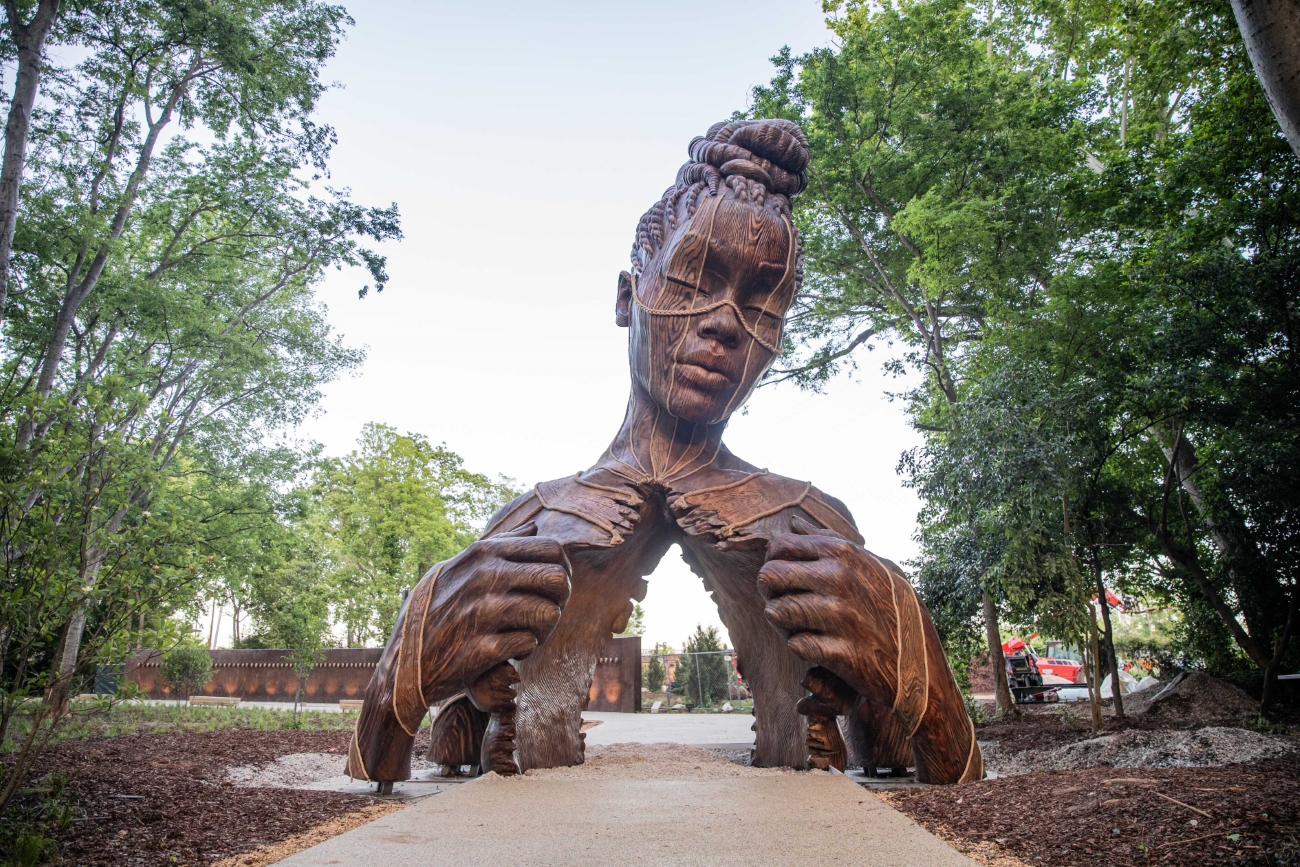
Photo: Jonx Pillemer
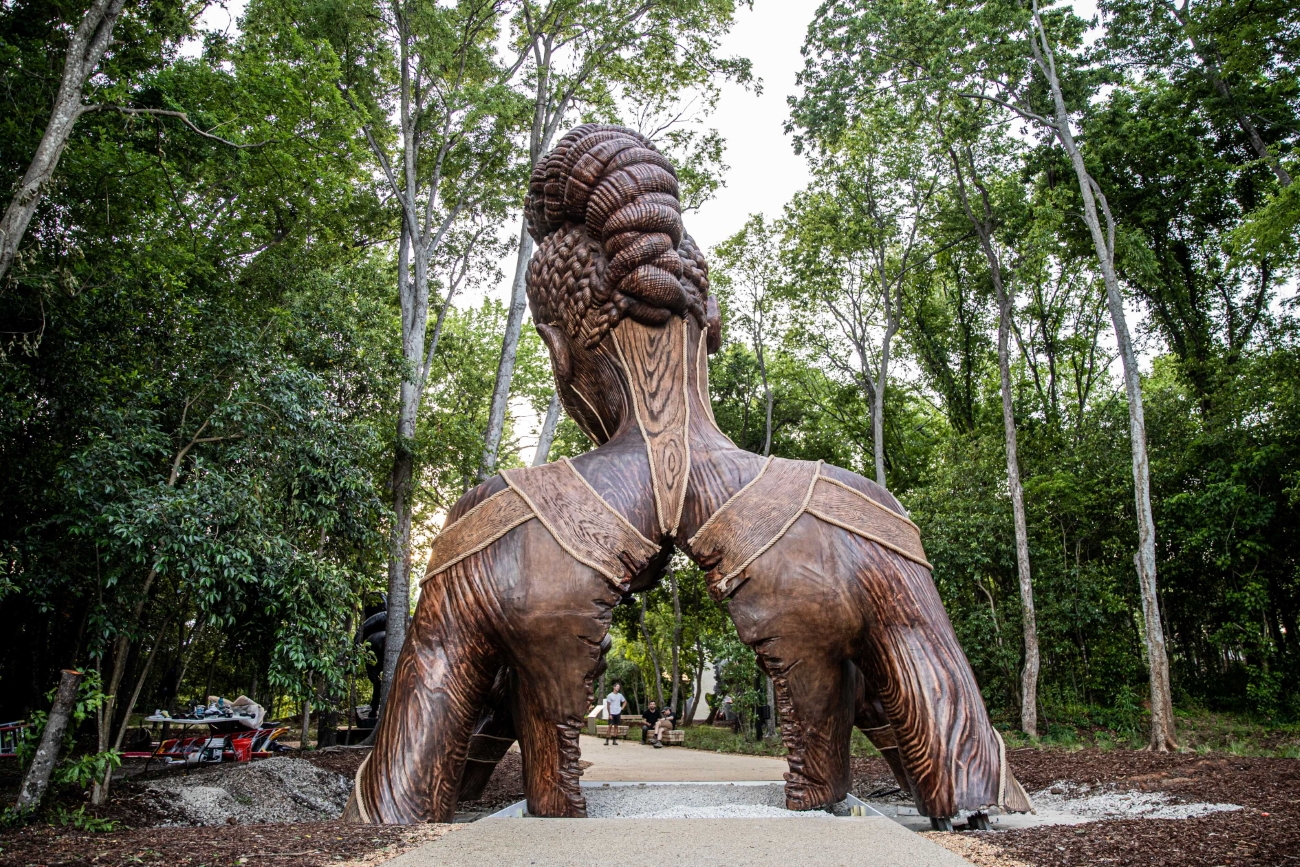
Photo: Jonx Pillemer
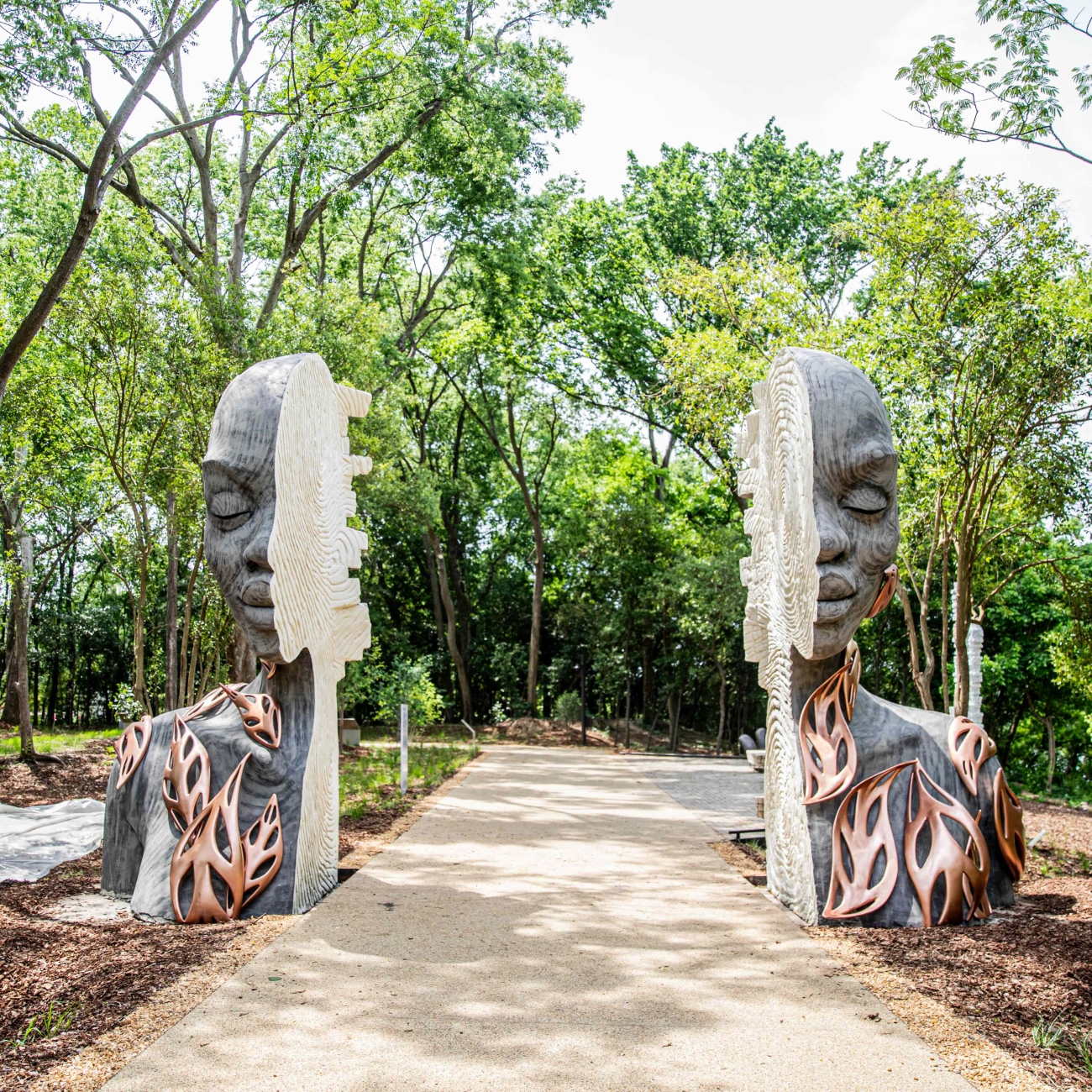
Photo: Jonx Pillemer
This 17-acre park, which opened to the public on Juneteenth, is a unique monument that honors the lives of enslaved people.
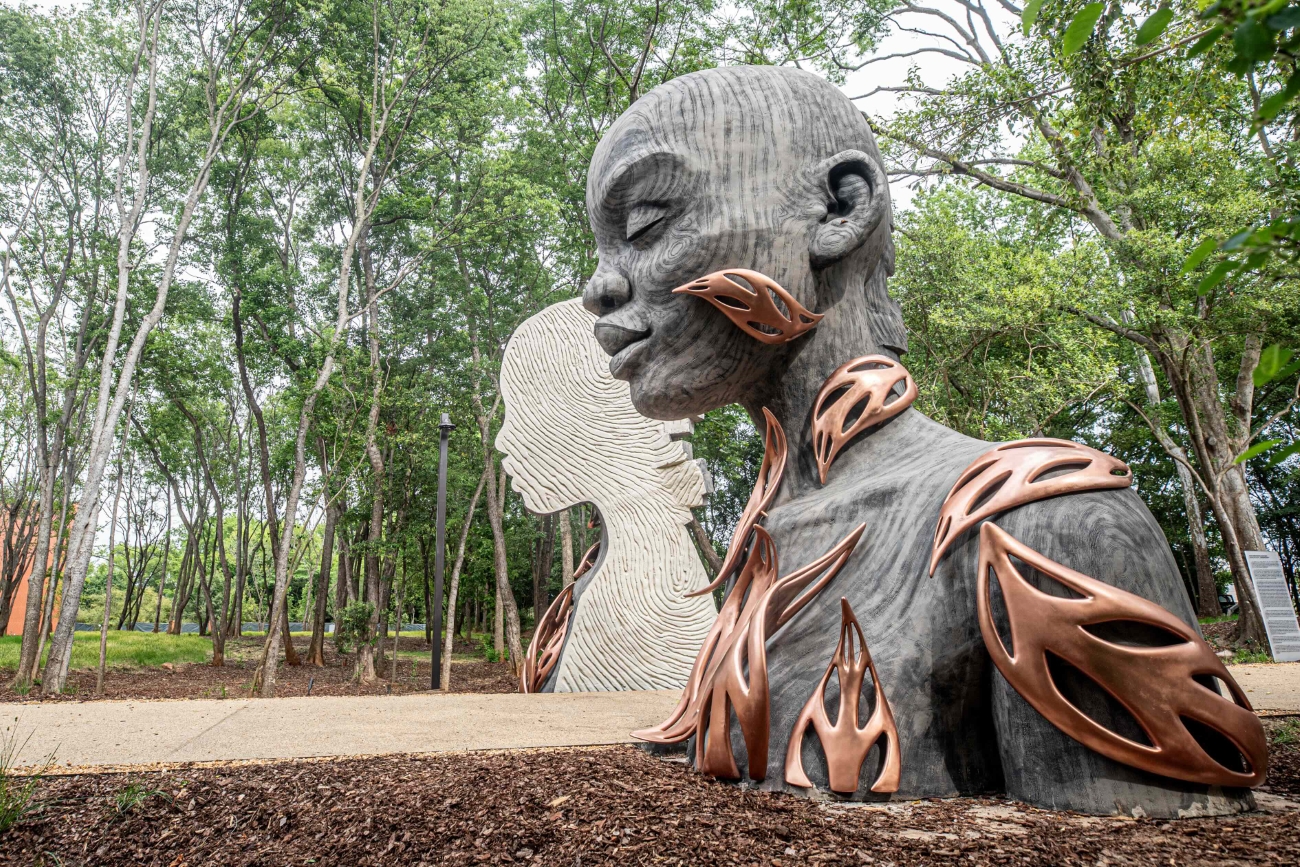
Photo: Jonx Pillemer
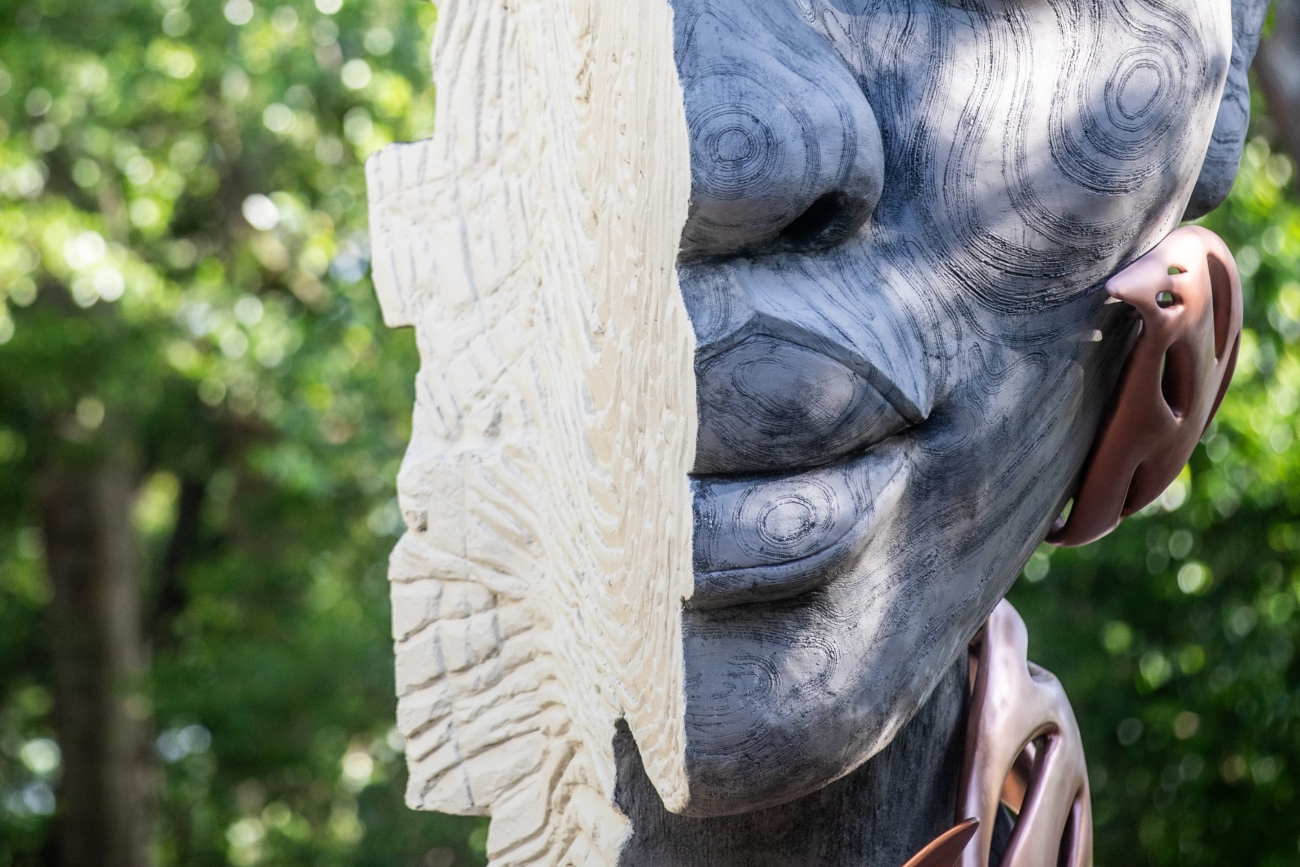
Photo: Jonx Pillemer
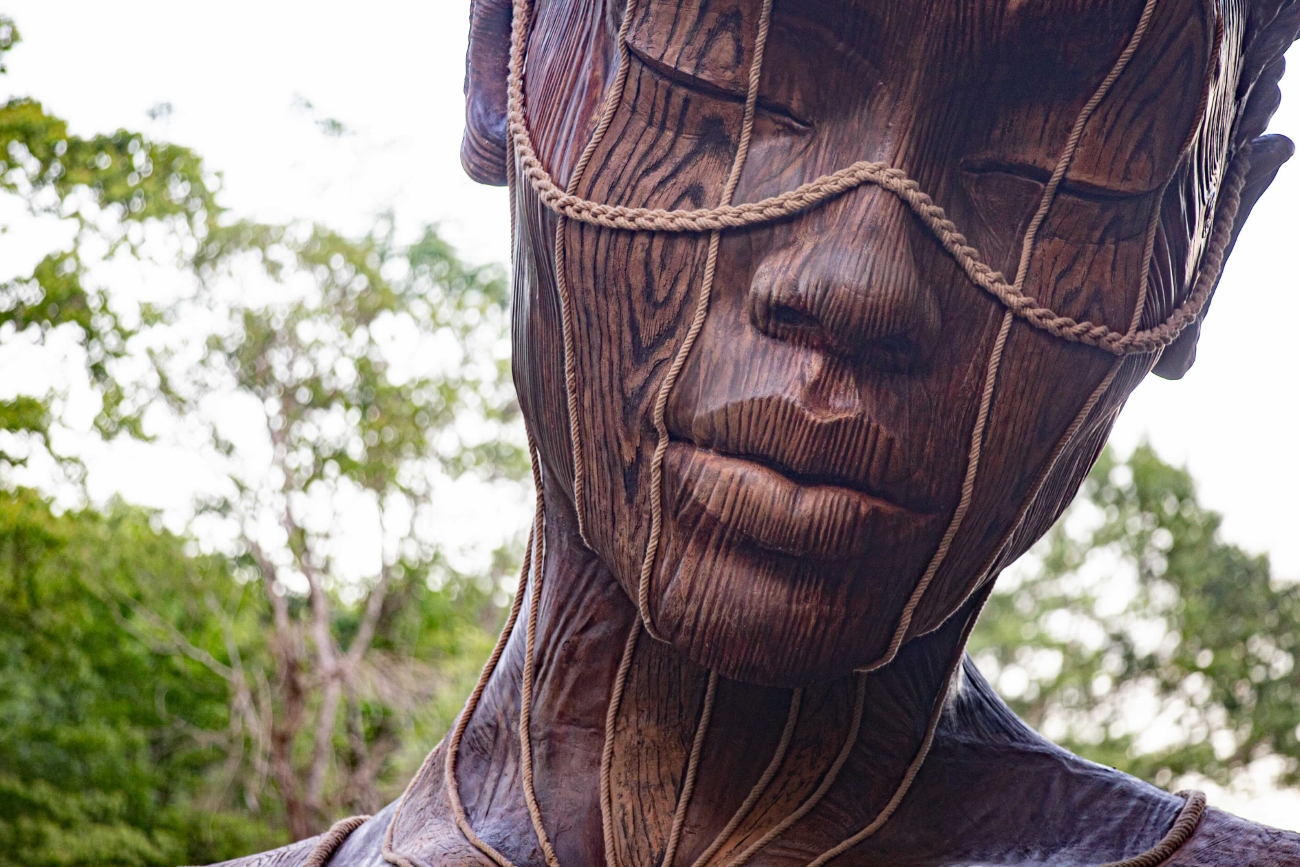
Photo: Jonx Pillemer
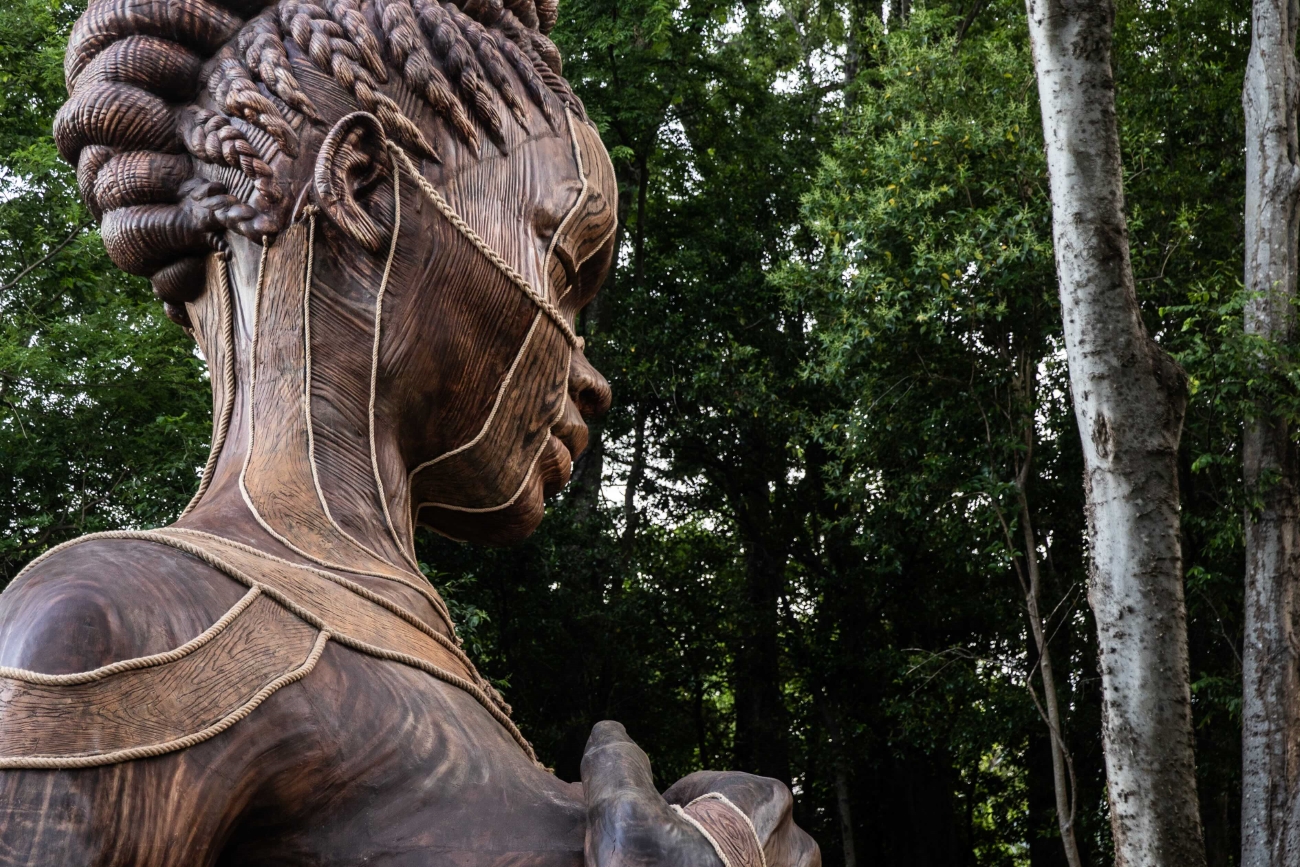
Photo: Jonx Pillemer
